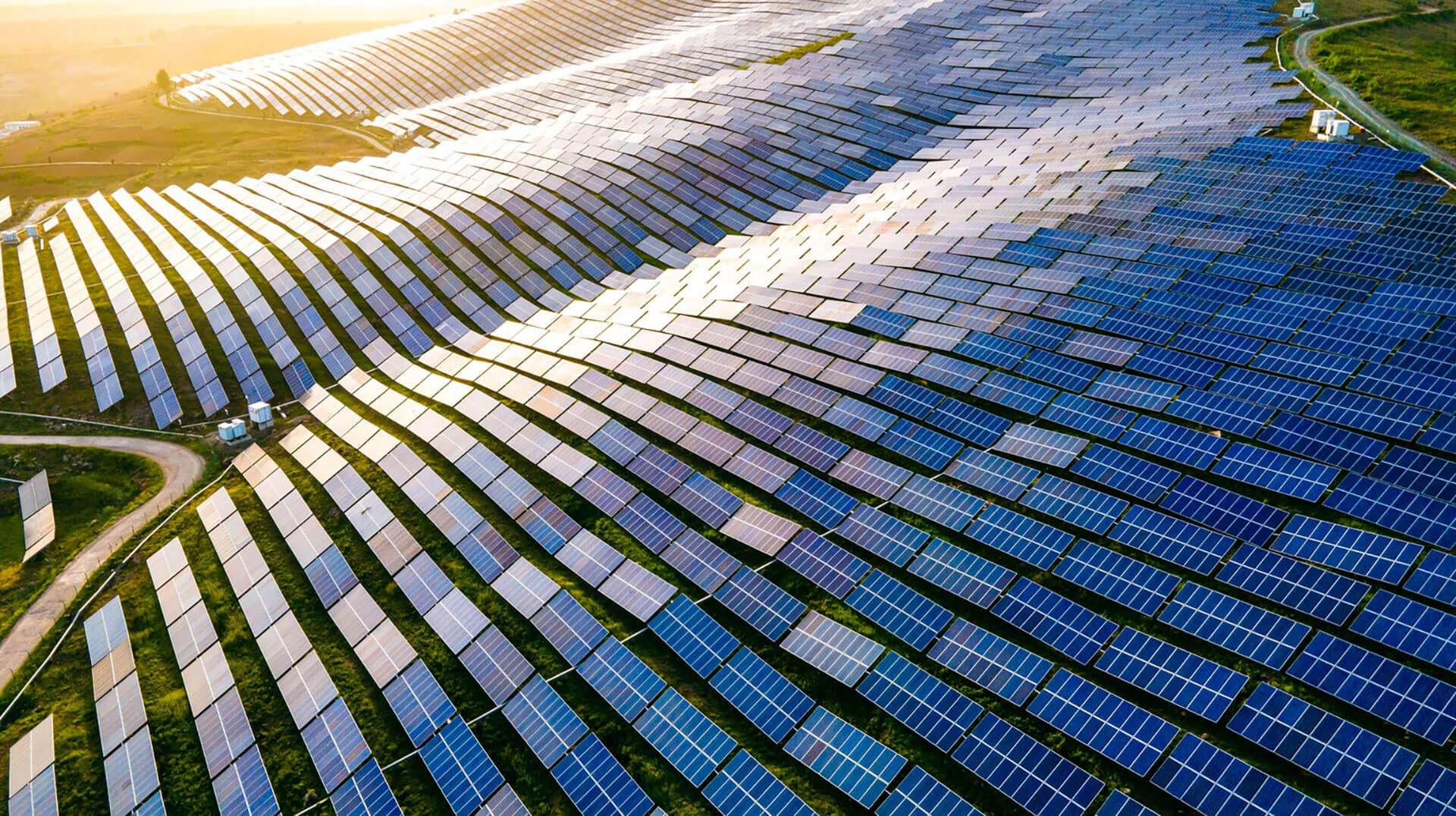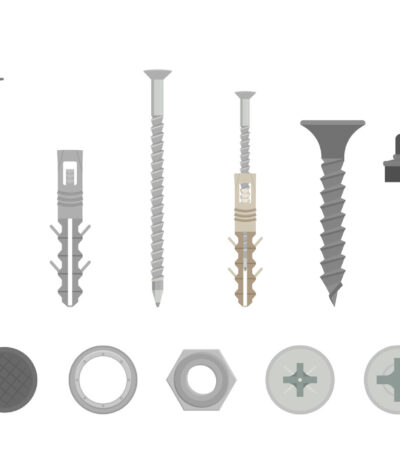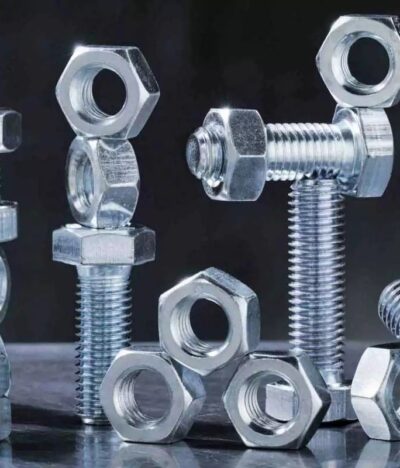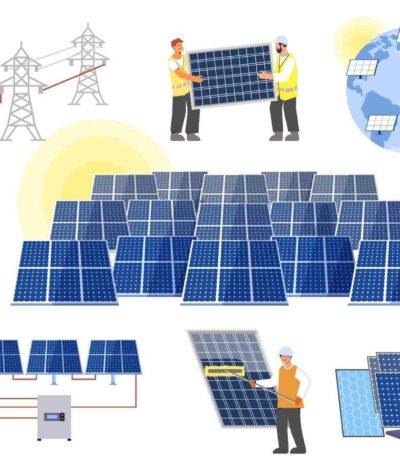How much do installation and maintenance typically cost for solar panels?
The cost of installation and maintenance of solar panels can vary
widely depending on several factors such as the size and type of system, the
location of the home, and the condition of the roof. A typical residential
solar panel system can cost anywhere from $10,000 to $30,000 or more depending
on the size, brand, and installation costs.
Maintenance costs for solar panels are generally low, as they have
no moving parts and are designed to last for decades. In most cases, the only
maintenance required is periodic cleaning to remove dirt and debris that may
accumulate on the surface of the panels. The cost of cleaning can vary
depending on the size of the system and the accessibility of the panels, but is
typically not very expensive.
It’s worth noting that the cost of solar panel installation and
maintenance can be offset by the savings on electricity bills over time, as
solar panels generate electricity that can be used to power a home, reducing
the need to purchase electricity from the grid. Additionally, some states and
utility companies offer incentives, such as tax credits and rebates, that can
help offset the upfront costs of installing a solar panel system.
In addition to the initial installation and maintenance costs,
there are several other factors to consider when determining the
cost-effectiveness of solar panels for a home.
One major factor is the amount of sunlight the home receives.
Solar panels are most effective in areas with abundant sunlight, so homeowners
in sunnier regions typically see the greatest return on investment. However,
solar panels can still generate electricity in areas with less sunlight, and
there are ways to increase their efficiency, such as installing tracking
systems that follow the sun’s movement throughout the day.
Another important factor is the cost of electricity from the grid.
In areas with high electricity rates, solar panels can be a particularly
cost-effective option, as they can reduce or even eliminate the need to
purchase electricity from the grid. Over time, the savings on electricity bills
can offset the upfront costs of installing solar panels.
Finally, it’s important to consider the environmental benefits of
solar panels. Solar energy is a renewable and clean source of energy that does
not produce greenhouse gas emissions or contribute to air pollution. By
generating electricity from solar panels, homeowners can reduce their carbon
footprint and help mitigate the effects of climate change.
Overall, while the upfront costs of solar panel installation can
be significant, the potential savings on electricity bills and the
environmental benefits make them a compelling option for many homeowners. It’s
a good idea to research different options, consult with a professional, and
consider the specific factors relevant to your location and situation to
determine if solar panels are a good investment for your home.
Here are a few more points to consider:
- Government incentives: Depending on where you live, there may be government incentives available to help offset the cost of installing solar panels. For example, in the United States, the federal government offers a tax credit for residential solar installations, and many states offer additional incentives such as rebates or performance-based incentives.
- Benefits of Shipping EV Chargers in Corrugated Boxes
When it comes to shipping EV chargers, the packaging is just as important as the product itself. Corrugated boxes have proven to be the most effective packaging solution for shipping EV chargers, and for good reason. Not only are they durable and lightweight, but they also offer numerous benefits that make them the ideal choice for transporting these valuable products. For starters, corrugated boxes are eco-friendly and can be easily recycled, making them a sustainable choice for businesses looking to reduce their carbon footprint. Additionally, corrugated boxes are customizable, allowing businesses to create packaging that is tailored to their specific needs. This means that EV chargers can be shipped securely and safely, without the risk of damage or breakage during transit. Furthermore, corrugated boxes are cost-effective, making them a budget-friendly option for businesses of all sizes. By choosing to ship EV chargers in corrugated boxes, businesses can enjoy a range of benefits that will ultimately help them save time, money, and resources in the long run.
- Understanding the Steps for Packaging an EV Charger
Packaging an EV charger may seem like a daunting task, but with the right steps, it can be a breeze. First, make sure to choose a sturdy corrugated box that can withstand the weight and size of the charger. Next, wrap the charger in bubble wrap or foam to protect it from any potential damage during transit. It’s also important to secure the charger in place with packing peanuts or air pillows to prevent it from shifting around in the box. Don’t forget to include any necessary accessories or instruction manuals in the package as well. Finally, seal the box with strong packing tape and label it clearly with the appropriate shipping information. By following these steps, you can ensure that your EV charger arrives at its destination safely and in perfect working condition. So, don’t underestimate the power of proper packaging and take the necessary steps to master the art of shipping EV chargers in corrugated boxes.
- Challenges of Shipping an EV Charger in a Corrugated Box
Shipping an EV charger in a corrugated box can be a challenging task. Corrugated boxes are not designed to handle heavy and bulky items like EV chargers. The weight and size of the charger can cause the box to break or tear during transit, leading to damage to the charger. Additionally, EV chargers are delicate electronic devices that require careful handling during shipping. The charger needs to be packed securely in the box to prevent any damage during transit. This includes using appropriate cushioning materials such as foam or bubble wrap to protect the charger from shocks and vibrations. Moreover, the charger needs to be protected from moisture and extreme temperatures during shipping. This can be achieved by using moisture-resistant packaging materials and avoiding shipping during extreme weather conditions. To ensure safe and secure shipping of EV chargers in corrugated boxes, it is essential to work with a packaging expert who understands the unique requirements of shipping these devices. With the right packaging solutions, it is possible to overcome the challenges of shipping EV chargers in corrugated boxes and ensure that they arrive at their destination in perfect condition.
- Tips for Powering Through Packaging an EV Charger
Packaging an EV charger may seem like a daunting task, but with the right tips and tricks, you can power through it like a pro. Firstly, make sure you have the right tools and materials at hand, such as sturdy corrugated boxes, bubble wrap, and packing tape. Secondly, take the time to properly disassemble and wrap the charger, ensuring that all parts are securely packed and protected. Thirdly, label each box clearly with the contents and any necessary handling instructions, such as “fragile” or “this end up”. This will help ensure that your EV charger arrives at its destination in perfect condition. Lastly, consider using a trusted shipping carrier that specializes in handling fragile and valuable items, such as an EV charger. By following these tips, you can master the art of shipping EV chargers in corrugated boxes and ensure that your customers receive their products in top-notch condition.
- Conclusion: Mastering the Art of Shipping an EV Charger in a Corrugated Box
In conclusion, mastering the art of shipping an EV charger in a corrugated box is crucial for ensuring safe and efficient delivery to customers. By following the guidelines outlined in this article, you can avoid common packaging mistakes that can lead to damage during transit. It is important to choose the right size and strength of the corrugated box, use proper cushioning materials, and secure the charger inside the box to prevent movement during shipping. Additionally, labeling the package with handling instructions and warning labels can help prevent mishandling during transport. By taking these steps, you can ensure that your customers receive their EV chargers in perfect condition, which can lead to increased customer satisfaction and loyalty. Remember, the packaging is the first thing your customers see when they receive their order, so investing in high-quality packaging materials and techniques can make a big difference in your business’s success.












